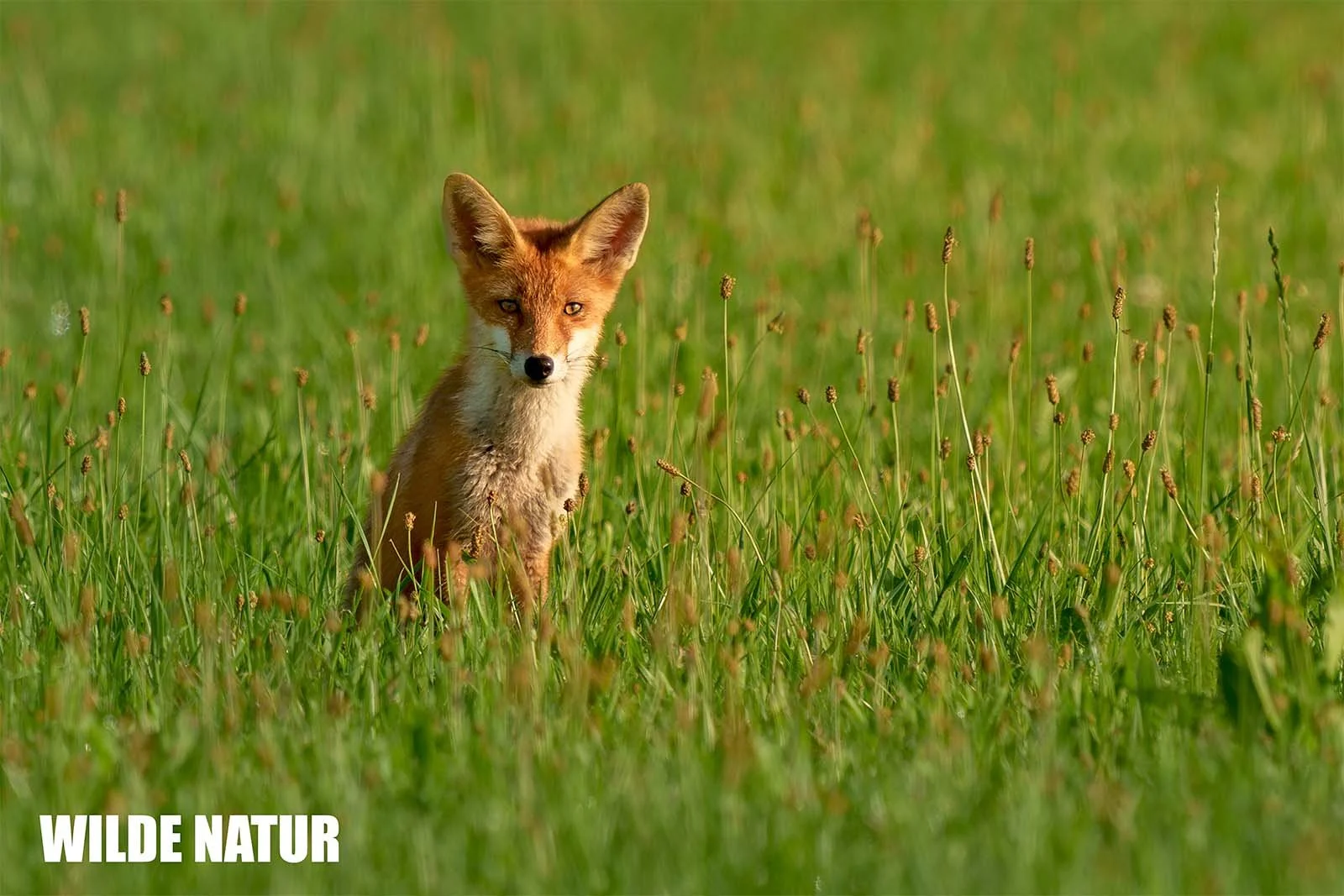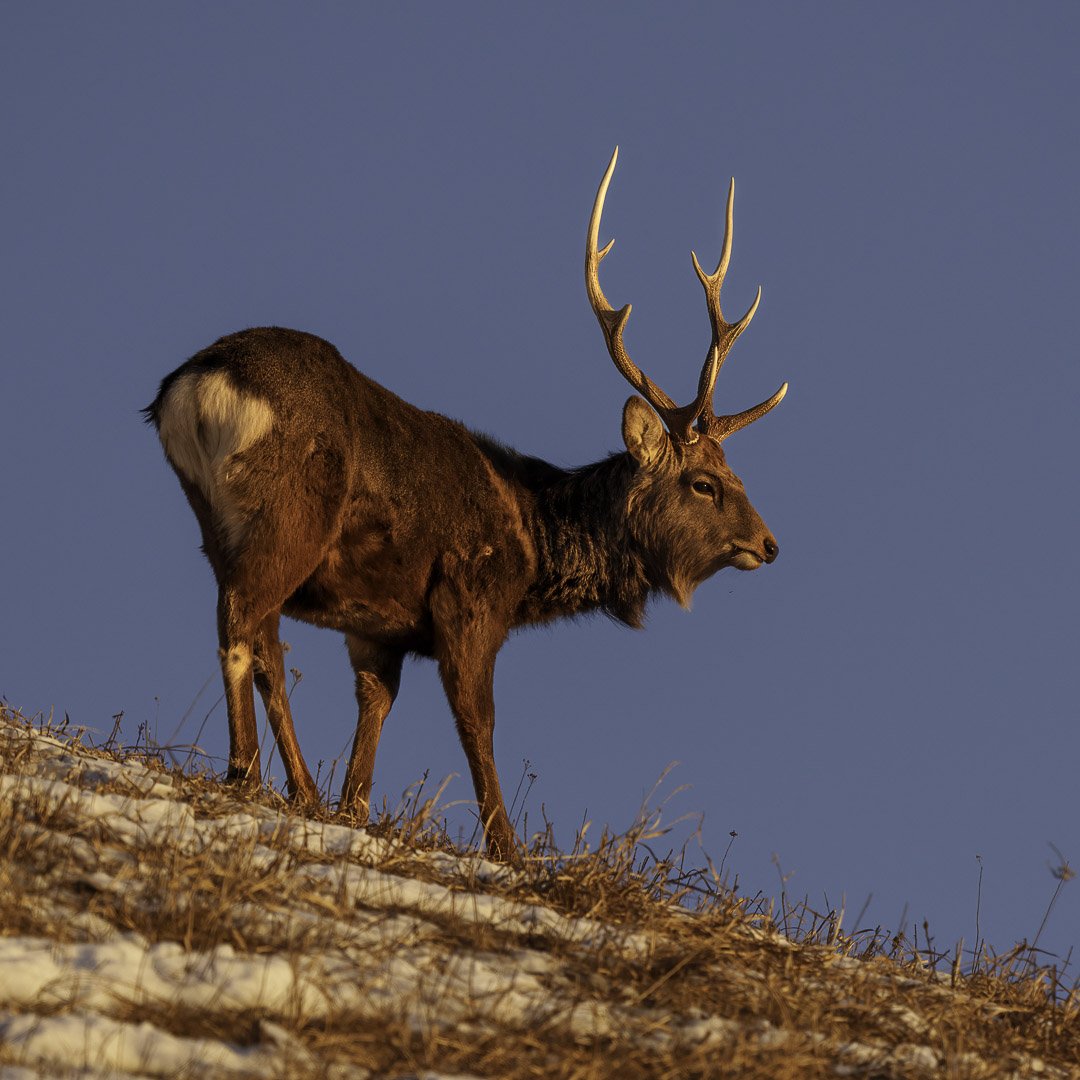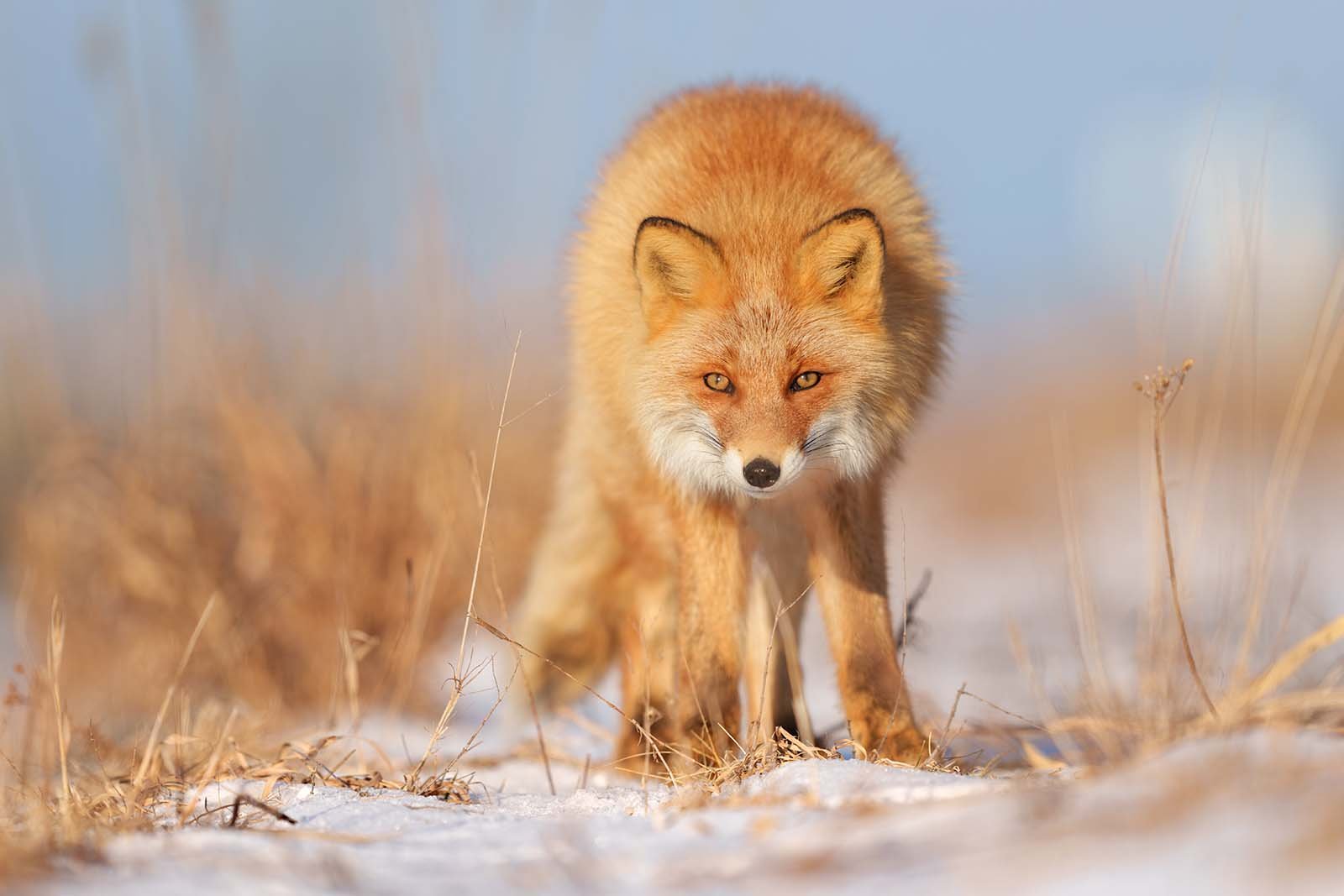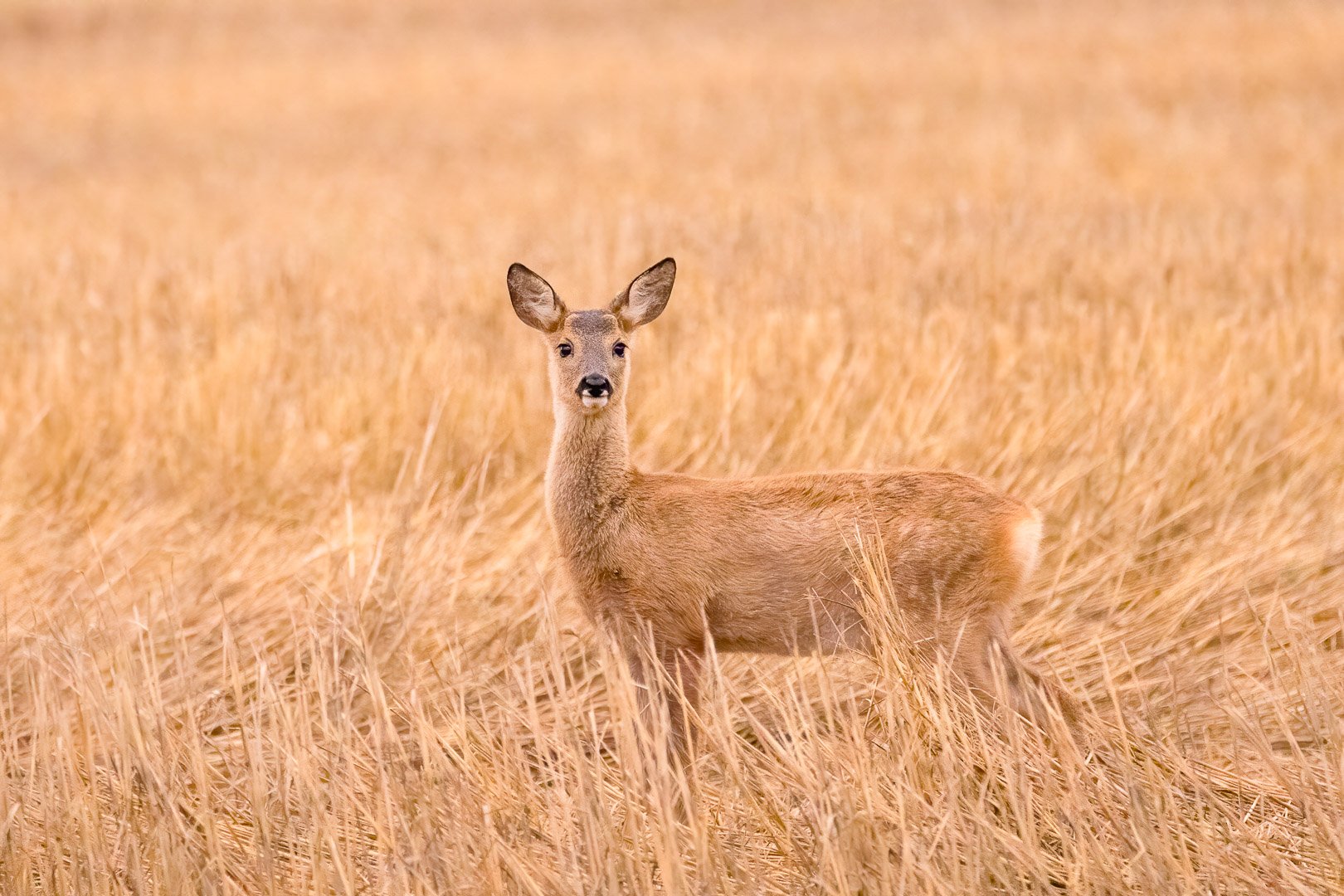Ezo red fox (Vulpes vulpes schrencki)
Ezo red fox (Vulpes vulpes schrencki) on Winter Hokkaido / Japan
Ezo Red Fox: The Clever Hunter of Hokkaido
Discover the Ezo red fox: Learn all about its appearance, behavior, habitat, and how to spot it in Hokkaido – including facts on diet and photography tips.
- A subspecies of the red fox, native to Hokkaido, Sakhalin, and the Kuril Islands
- Active year-round – even in snow and ice
- Eats rats, snow hares, birds, insects, fruits, and nuts
- Lives alone, digs its own den, young stay with the mother until autumn
- Best photographed with a 400 mm telephoto lens – medium difficulty
- Distinctive black ear tips and limbs – a real eye-catcher
Key Facts
- Scientific name: Vulpes vulpes schrencki
- Size: 90 to 105 cm (35–41 in) body length
- Weight: 5 to 7 kilograms (11–15 lbs)
- Distribution: Hokkaido (Japan), Sakhalin, Kuril Islands (Russia)
- Activity: Year-round, active day and night
- Diet: Small mammals, birds, insects, fruits, and nuts
Table of Contents
- Introduction
- Distribution and Origins
- Typical Features
- Lifestyle and Behavior
- Diet
- Photography Tips
- FAQ
Introduction
The Ezo red fox is a shy inhabitant of northern Japan. You’ll find it on Hokkaido and also on the Russian islands of Sakhalin and the Kurils. With its striking coat and sharp intelligence, it captivates nature lovers. As a subspecies of the common red fox, it has perfectly adapted to harsh environments – without losing its alert eyes or hunting instincts.
Distribution and Origins
Ezo red fox (Vulpes vulpes schrenckii) - This photo was taken in Japan, Hokkaido
Its name carries history: “Ezo” is an old Japanese word for the northern territories once inhabited by the Ainu people. These Indigenous communities knew the fox well and gave it many names: Cironnupe, Sumari, Kimotpe, and Hurep.
The term Kitakitsune (北狐) simply means “northern fox” – it was scientifically introduced in 1924 by zoologist Kyukichi Kishida after describing the species on Sakhalin.
Today, the Ezo red fox is found mainly on Hokkaido, but also on Sakhalin, the Kurils, and several smaller islands.
Typical Features
Compared to its southern relatives on Honshu, Shikoku, and Kyushu, the Ezo red fox stands out with:
- a slightly larger build
- distinct black markings on ears and limbs
- close relation to the continental red fox, but clearly different in appearance
Especially in winter, when its coat becomes thick and pale, it is truly stunning. Many photographers travel to Hokkaido just to catch a glimpse of it in the snow.
Lifestyle and Behavior
The Ezo red fox lives alone. It is not seasonal – meaning it hunts and roams year-round, moving through forests, fields, and alpine regions. Even snow and frost don’t stop it.
It digs its own den, complete with multiple tunnels. In spring, the female gives birth there. The pups stay with their mother until late autumn. The father? He’s absent – Ezo foxes don’t form family units.
In some areas of Hokkaido, foxes come quite close to humans. Some are even seen near roads or parking lots – hoping for food. While that might seem cute, it’s risky: foxes that lose their fear of humans are more vulnerable to danger.
Diet
The Ezo red fox isn’t picky – if it moves or grows, it’s on the menu:
- Rats, snow hares, and other small mammals
- Birds, especially ground-nesting species
- Insects, larvae, and beetles
In autumn, dessert is added:
- Fruits, like berries and wild apples
- Nuts – rich in energy and easy to store
This varied diet makes the fox highly adaptable. Whether on the coast, in forests, or in the mountains – it finds something to eat almost anywhere.
Photography Tips
Want to photograph the Ezo red fox? Here’s what you’ll need:
- A telephoto lens with at least 400 mm focal length
- Patience and quiet, since it won’t come on command
- Best times: Early morning or at dusk
- Best places: Primarily Hokkaido, but also the Kuril Islands offer good chances
The difficulty level is moderate. The fox is curious but cautious. Stay still, watch the wind, and you’ll have a good chance of observing – and possibly capturing – this beautiful animal.
FAQ
How big does the Ezo red fox get?
It reaches 90 to 105 cm (35–41 in) in body length and weighs about 5 to 7 kg (11–15 lbs).
What does it like to eat most?
Small mammals, birds, and insects – and in autumn, berries and nuts.
Is it active all year round?
Yes. Unlike many wild animals, it does not hibernate.
Where can you best see it?
In Hokkaido, especially in rural areas – and also on the Kuril Islands.
Are Ezo foxes dangerous to humans?
No, they usually avoid people. But they should never be fed.














